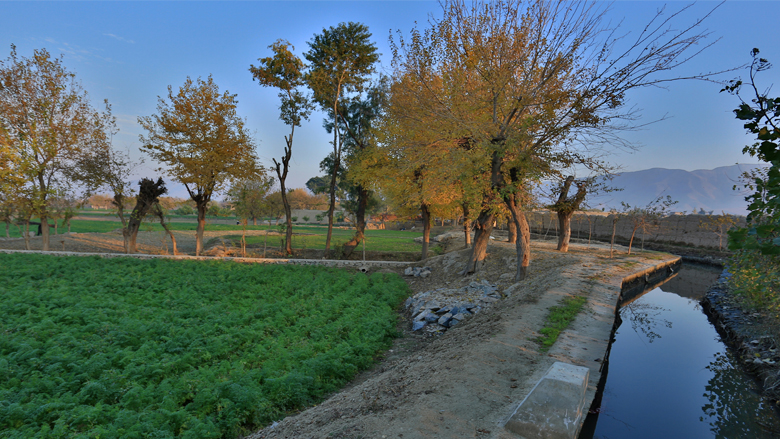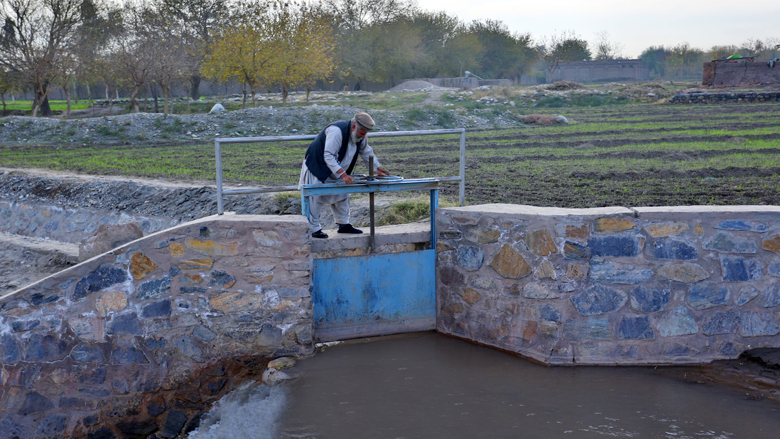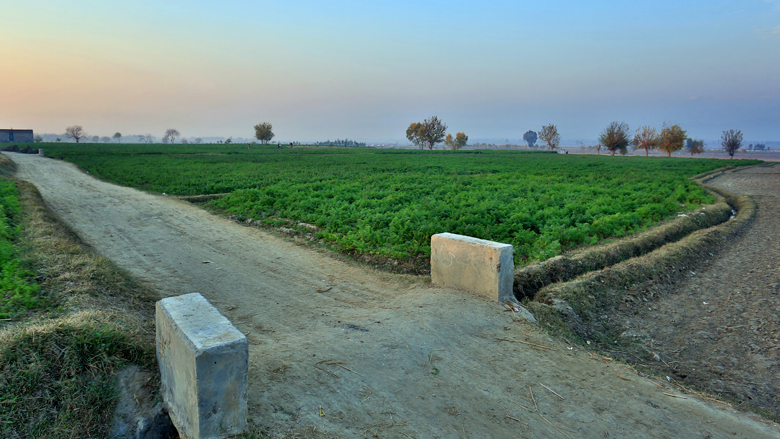SAMARKHIL VILLAGE, Behsud District, Nangarhar Province – The farmland is lush with crops in expectation of a good harvest. Farmer Ilband, 73, is grateful that a good water supply has allowed him to grow a variety of crops on his seven jeribs (1.3 hectares) of farmland in Samarkhil village. .
“Thank God, our canal is rehabilitated and improved,” he says. “.” Conflict over irrigation water was a daily occurrence among the farmers in Samarkhil village before the village irrigation scheme was rehabilitated. Each farmer argued to convince the others of their irrigation needs. It was worse during the summer seasons, when the water supply was lower. “Every single day, I had to argue with other farmers over water division,” says Ilband.
The tensions were predictable. The irrigation scheme was rehabilitated by the Ministry of Energy and Water (MEW) in 2015–2016 under the Irrigation Restoration and Development Project (IRDP) at a budget of about 13.5 million afghanis (about $192,500). The rehabilitation project included building protection walls, footbridges, and lining for the canal that reaches some 330 hectares of farmland in Samarkhil and the nearby villages of Araban and Saracha Alikhil, which altogether are home to more than 11,000 people.
Since the repairs, water loss has decreased dramatically, improving farmers’ access to water resources throughout the year. Before the improvements, Ilband could cultivate his land only twice a year at most, and in some years when water in the canals was especially low, he could not farm at all. But now, Ilband has been able to cultivate wheat, corn, carrot, tomato, cotton, and different vegetables, enjoying good harvests through the seasons.




